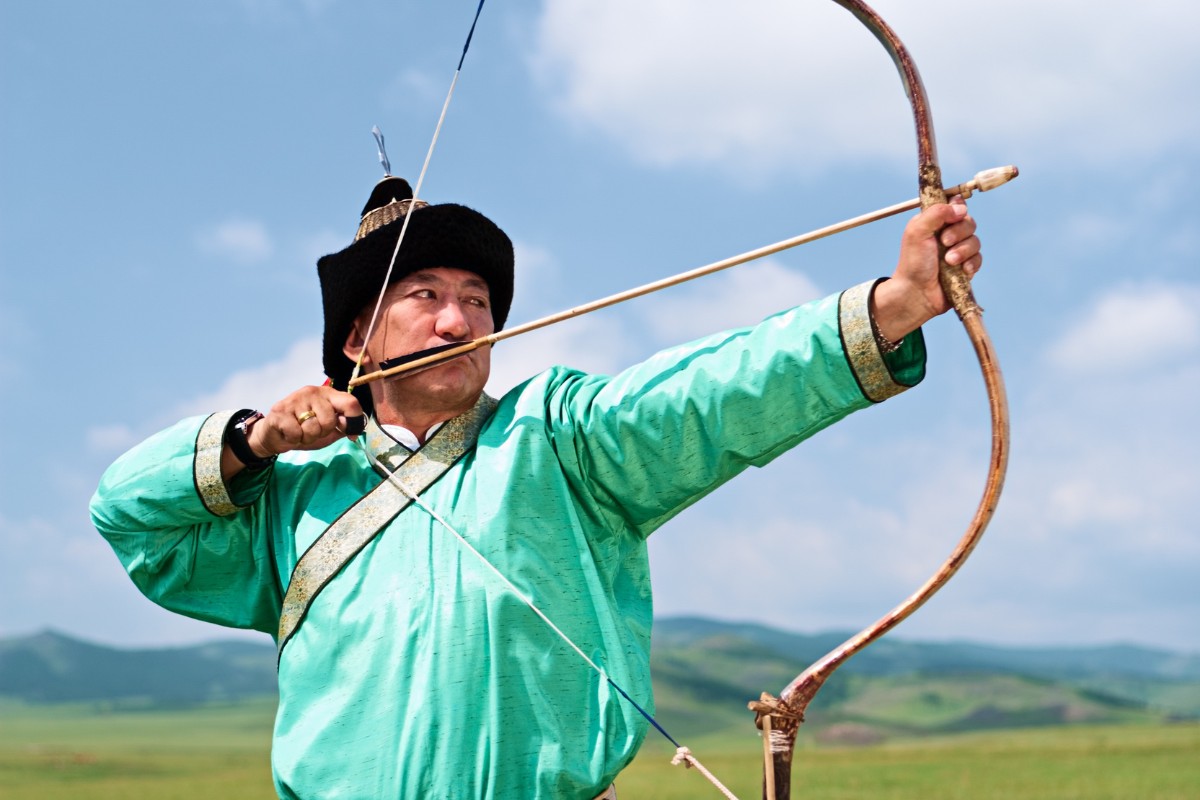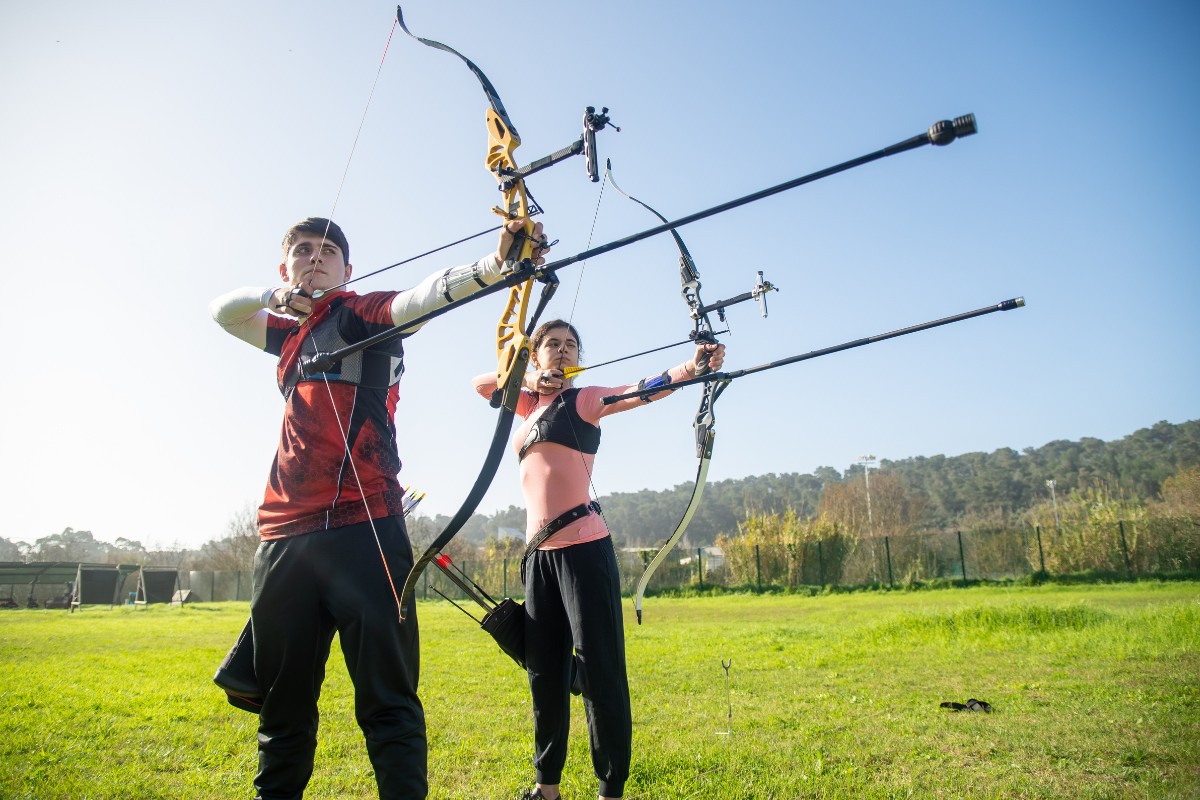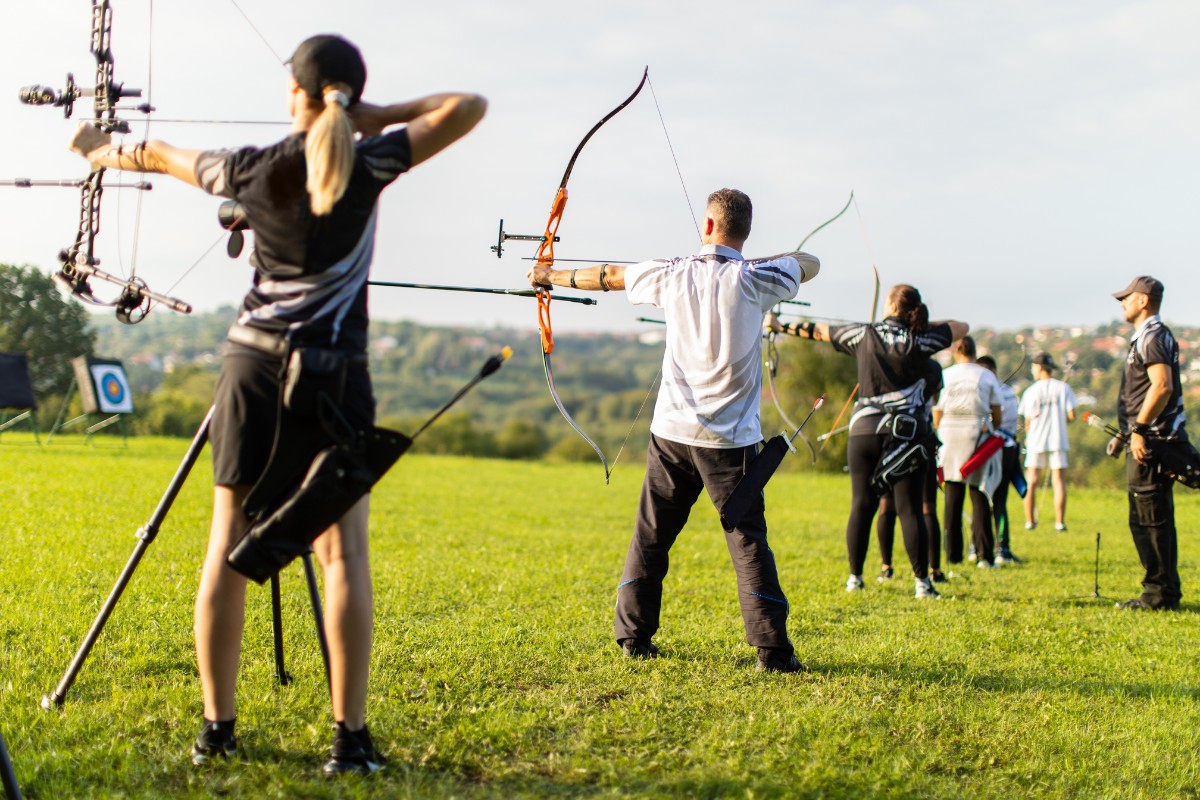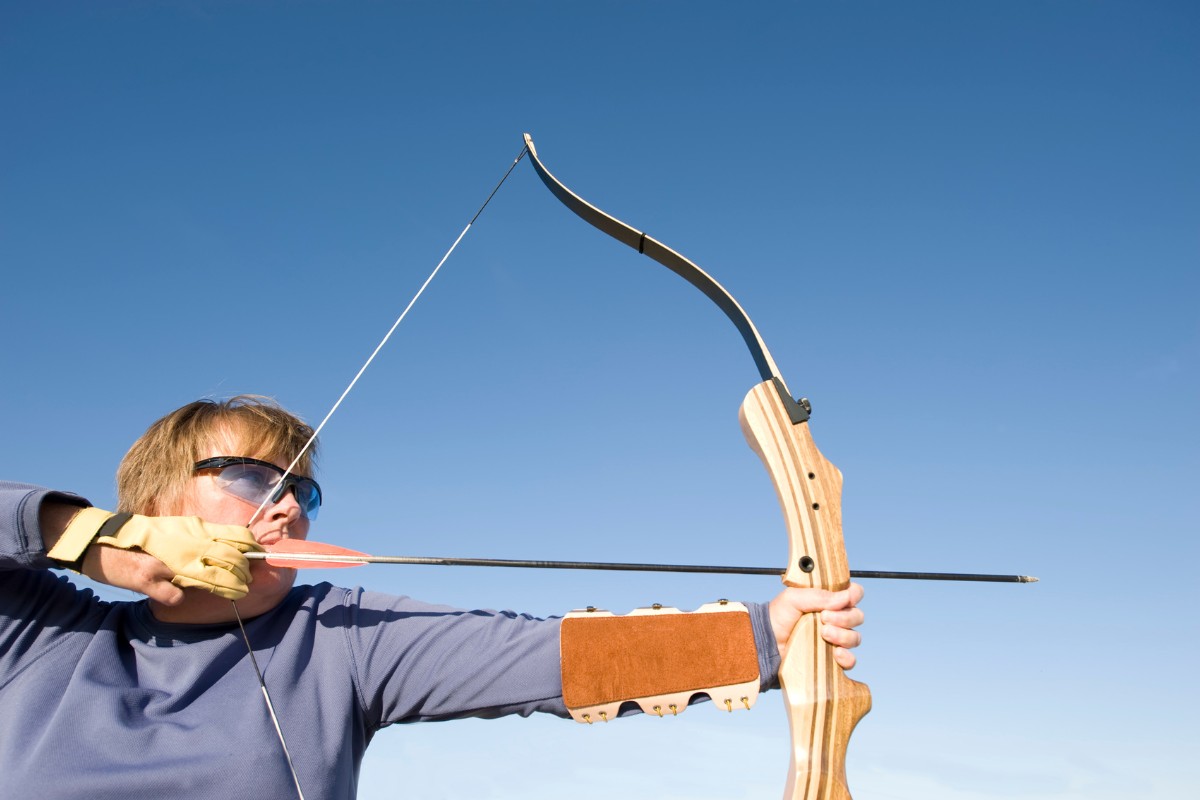Long have historians, archaeologists and Age of Empires enthusiasts pondered the question of the best archery units in history.
The task of answering this question can seem easy when first posed, but after only a little thought, more and more issues may present themselves.
First, there is a huge number of archery units to choose from. The bow and arrow have been used in warfare across much of the world for thousands and thousands of years. We have Egyptian chariot archers, Welsh Longbowmen, and Greek Cretan Bowmen. There are a lot of data points to cover, and frankly, we are no historians.
Second, how exactly do we compare archery units separated by thousands of years of history? Do we pose the question to a big computer games company and have some professional nerds thrash it out in some weird battle royale/capture the flag scenario for the title of best archery unit in history?
Third, how do we even define “best”? “Best” is a terribly subjective term wrapped up in our case by personal bias, national ideology, and computer game preference.
The truth of the matter is that the task is nigh on impossible, and we are never going to please everyone with our selection. That being said, we hope that in some small way, you may find common ground with us here. But if you don’t, there is always the comments section below to mouth off about how Welsh Longbowmen are sooooo overrated. Enjoy!
Read on to see our list of the 7 best archery units in history.
Scythian Horse Archers
The Scythians were a people from Central Eurasia who lived in a wide territory encompassing the area of modern-day Iran, southern Russia, Ukraine, and the Black Sea.
Great conquerors, the Scythians were once called “the people with the greatest might” by a famous Greek orator. They were also some of the first proven mounted archers of antiquity.
Think of it! Shooting arrows with both feet planted firmly on the ground seems hard enough sometimes, let alone trying to coordinate it with riding. Scythian bowmen wore light gear that included a unique covered quiver and shot from horseback in a half-kneeling position.
These skilled and famous archers were often hired as mercenaries by cities and kingdoms: even the great Athens had a force composed of Scythian bowmen!
Parthian Horse Archers
The Parthian Empire was a force to be reckoned with in Western Asia, to the south of Scythia. With the help of their mounted archery units, they conquered great expanses of land.
Parthian horse archers were commoners who, as a rule, only wore trousers and a light tunic into battle. Talk about courage! Thanks to these archers, their Empire defeated a much bigger Roman army at the Battle of Carrhae.
What’s so special about Parthian archers? They invented the technique known, not so creatively, as the “Parthian shot.” This required incredible skill and involved the horsemen pretending to flee, only to turn their torsos and shoot backward into the advancing enemy forces.
Egyptian Chariot Archers
Ancient Egypt might be one of the most mysterious and misunderstood nations in history. Most of what we know comes from popular culture and is often wrong!
One true bit, unlike cursed, resurrecting mummies, is that they used chariot riding as a standard military tactic. The benefits of this are extremely high mobility, a higher vantage point, and strength to break into enemy lines.
Combine this with archery, and you have one top-notch killing machine! Egyptian chariot archers were able to use longer bows than was the norm, giving them a longer and stronger shot. This, their speed, and footing, more stable than a mounted archer’s, made them extremely effective.
Cretan Bowmen
Cretan soldiers were extremely valued by cities all across Greece, Rome, and the Mediterranean in antiquity and the Middle Ages. Their bowmen, in particular, were highly renowned.
Cretan bowmen were heavyweights. They used strong, curved bows made from goat horn and sinew, which were so strong and effective they could demolish almost any bronze armor or shield. When combined with great Cretan seafaring talent, they were almost invincible.
During the Battle of Cunaxa, Cretan bowmen were able to fight off Persian troops by reusing the arrows of their enemies and strings belonging to the locals. Not only were they mighty and skilled, but also resourceful!
Assyrian Bowmen
Siege engines and heavy warfare, the Assyrian army was infamous for its ruthlessly demolishing advance. Part of their wild success was due to their well-equipped, efficient archers.
Assyrian bowmen, like the Egyptian, fired from a chariot. When on foot, they worked in tandem with a shield-bearer. This meant that both were protected from the enemy by a huge wall tall as a man, and the archer was free to aim and fire at will.
A crucial advantage, iron weapons—including arrowheads—allowed them to triumph over adversaries with weaker gear. They were fiercely organized and well-trained: an inspiration for us lazy modern archers!
Welsh Longbowmen
Archery has deep roots in the warcraft of the British Isles, with a tradition going back almost 5 millennia. The Welsh longbowmen were the deadliest archery units in the Middle Ages and early modern times. Well-equipped by their lords, they were highly valued for their incredible skill.
The longbow itself was 6 feet tall, often made from a single piece of wood, and difficult to use: it required extensive training. The range of the shot could go up to an unrivaled 330 meters.
The superior abilities of longbowmen were demonstrated often. In the Battle of Agincourt, during the Hundred Years War, the English Army, populated by longbowmen, defeated a French force over five times their size!
Mongol Horse Archers
The number 1 place for the best archery unit in history belongs, without any doubt, to the Mongol horse archers.
Mongol horses were seen as war machines and could ride for extended periods of time, and, if there was no water to be found, the warrior could drink some of his own horse’s blood to keep going.
Mongolian mounted archers were lightly armored, all that riding, and extremely mobile. This, together with their resistant composite bows, made them extremely powerful.
They sometimes carried up to 3 bows that could shoot arrows over distances up to 400 meters and could, reportedly, hit a bird in flight. You wouldn’t want to meet these guys in battle!
Final Thoughts
These archery units were fierce opponents in battle and struck fear into the hearts of lesser men.
Next time you find yourself down the archery range, imagine yourself facing off against any of the above 7 archery units. Think of the skill and dedication necessary to be a member of such a fierce entourage. Then you may have some sense of the danger these guys posed.
And you never know, it may motivate you to train that little bit harder. With enough commitment, you may even find yourself riding the steppes of Mongolia, bow in hand.








